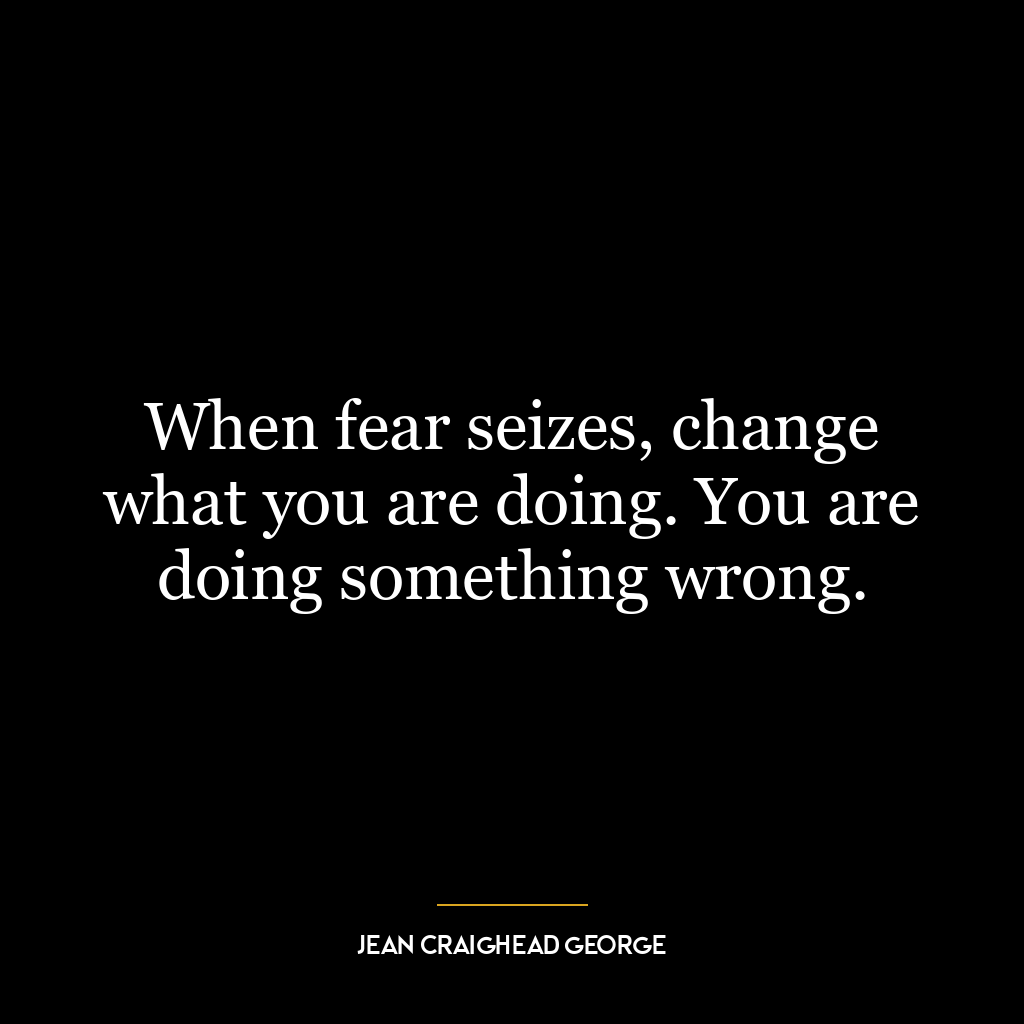The most dangerous kind of person… is one who is afraid of his own shadow.
“The most dangerous kind of person… is one who is afraid of his own shadow” is a profound metaphorical statement that speaks to the peril of self-doubt, fear, and insecurity. The ‘shadow’ in this context refers to one’s darker, less desirable characteristics. It’s an acknowledgement of our flaws, mistakes, and past failures. Being afraid of one’s shadow, therefore, symbolizes a fear of confronting one’s own weaknesses and imperfections.
When an individual is afraid of their own shadow, they are likely to avoid self-reflection and self-improvement, choosing instead to ignore or deny their shortcomings. This can lead to self-deception and an inability to grow and evolve. Such a person can become dangerous because their fear and denial can manifest in destructive ways – projecting their insecurities onto others, reacting with hostility when their flaws are pointed out, or even engaging in harmful behavior to mask their fear.
In today’s world, this idea is highly relevant. With the rise of social media and the pressure to present a perfect image, many people are more afraid than ever of confronting their ‘shadow’. This can lead to a culture of denial and superficiality, where image is valued over authenticity.
In terms of personal development, this quote emphasizes the importance of self-awareness and self-acceptance. It suggests that to grow as individuals, we must not be afraid of our shadows, but rather acknowledge and confront them. By doing so, we can understand our weaknesses, learn from our mistakes, and ultimately become stronger, more rounded individuals. This can lead to healthier relationships with others and a more fulfilling life. It’s not about becoming perfect, but about accepting our imperfections and working to improve ourselves.









